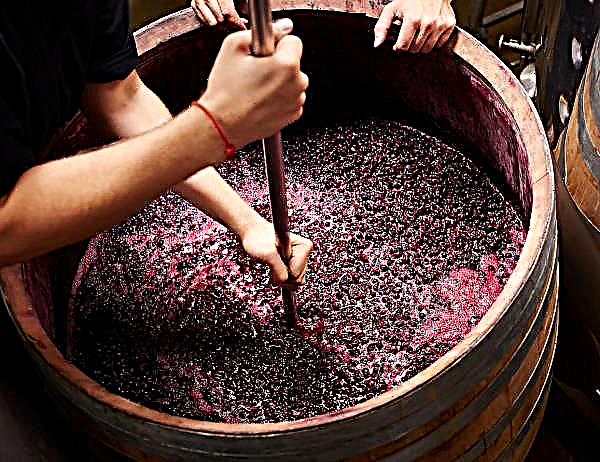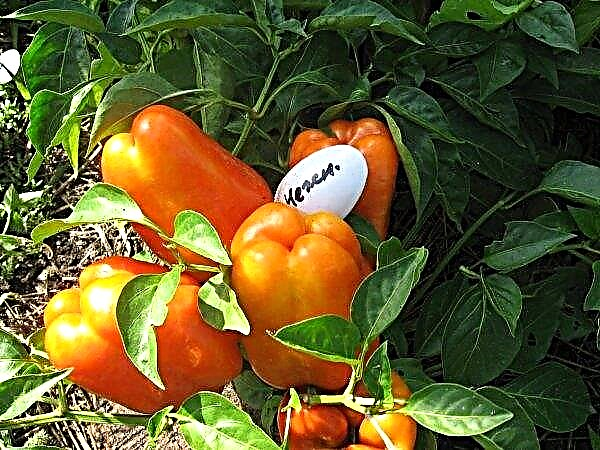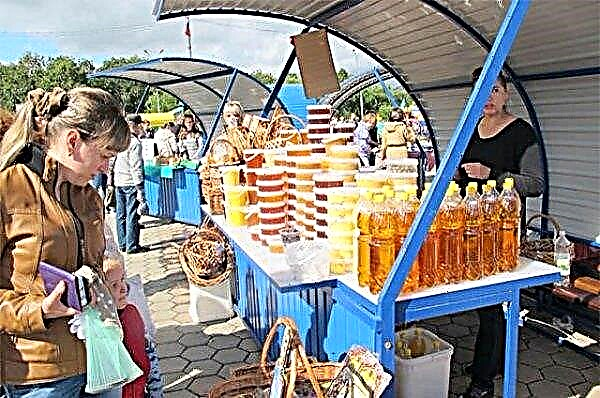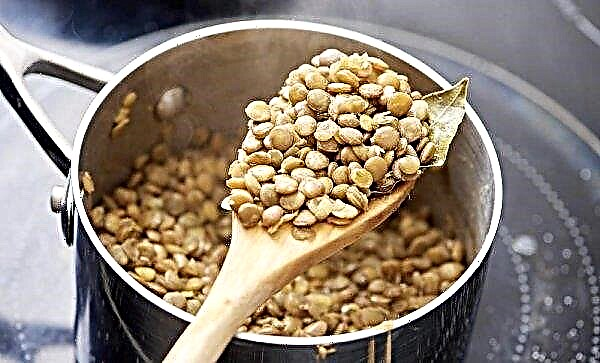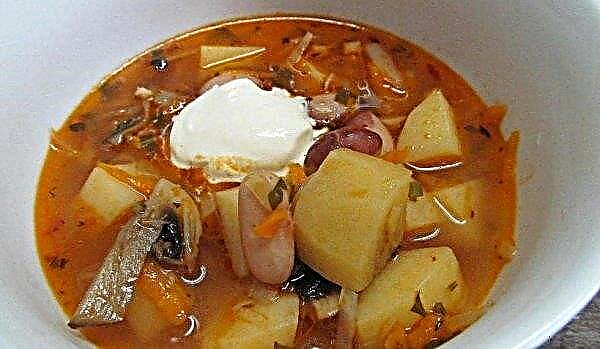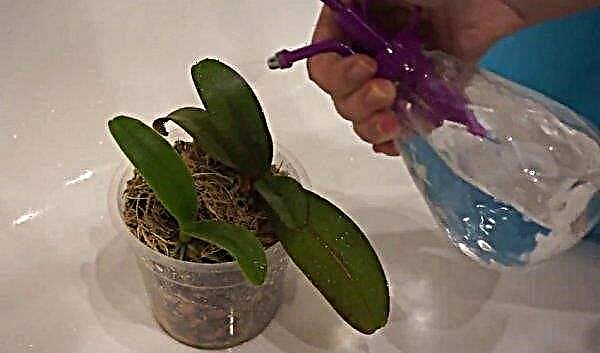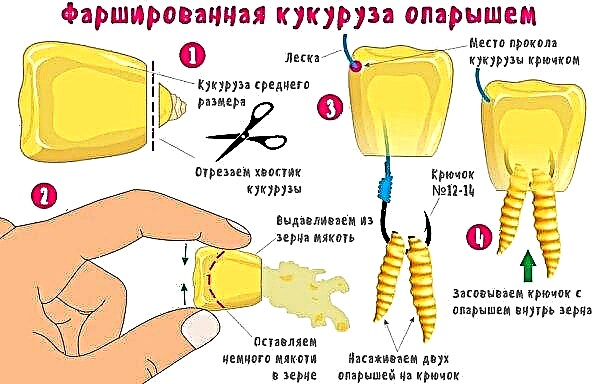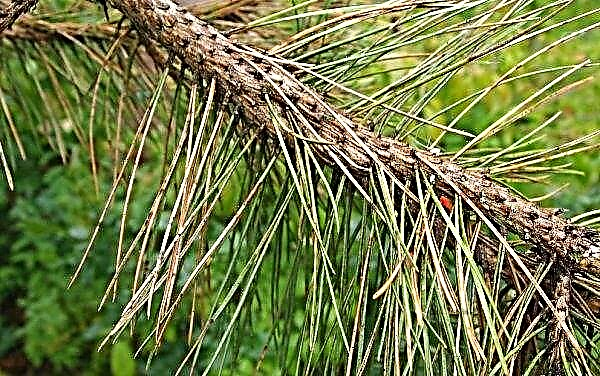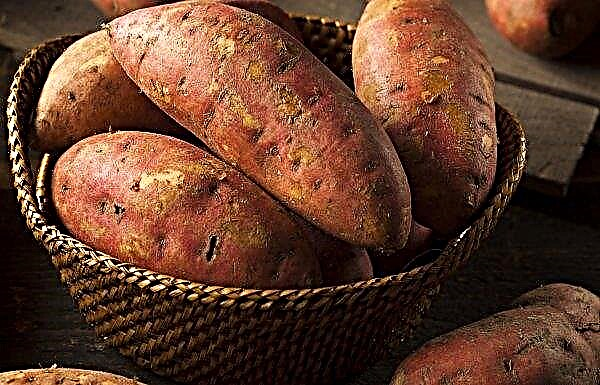Hydrangea is versatile in garden design. It is used both in single landings on lawns, and in mixed groups. In compositions with other plants, dwarf species up to 1 m high are planted in the foreground, and tall solo alternate with conifers in the back. A new variety of panicle hydrangea is Samara Lydia. Its peculiarity is lush dense flowering and unpretentiousness in care. Originally they wanted to call it Samara and make it a symbol of the 2018 World Cup in the city of the same name. But the patent office of France did not allow the name of the variety to be so named, because, according to the rules, geographical names should not be given to plants. Then the flower was called Samara Lydia, in honor of Sergeyeva Lidia Viktorovna. For many years she was the head of the garden center in Samara, where the variety was grown.
Botanical Description
Hydrangea Samarskaya Lidiya is a small shrub that reaches a height of 0.9–1 m. It grows in width to 1–1.1 m and is distinguished by a particularly compact crown, an abundance of flower-bearing shoots. Leaf blades have an elliptical shape, dark green color, a serrated edge and a red border.
Samara Lydia (Hydrangea paniculata Rensam) differs from other varieties with dark green foliage and reddish stems. White bloom appears in July. From July to August, the color gradually changes, starting from the base of the inflorescence. In early September, the color of the inflorescences is dark pink.
 The variety is undersized, so it is well suited for growing in containers. Inflorescences have the shape of a cone. They are small in size, up to 15 cm long
The variety is undersized, so it is well suited for growing in containers. Inflorescences have the shape of a cone. They are small in size, up to 15 cm long
Variety Characteristics
Among the variety of panicle hydrangea varieties, Samara Lydia has early flowering and a more rapid process of changing the color of inflorescences.
Hydrangea Samara Lydia has the following parameters:
- form: compact;
- plant size: height up to 1 m, width 1.1 m;
- inflorescence: dense, conical, 15 cm long;
- beginning of flowering - July;
- end of flowering - October;
- the color of the inflorescences is white, then hot pink, red;
- frost resistance up to -30 ° С;
- the variety is slow growing.
Did you know? In floristic compositions from dry plants, hydrangea inflorescences are used. To do this, they are dried with the stems up.
Landing
It is better to plant plants in the spring at the beginning of May. Hydrangea requires a lot of space. The bushes should feel free, then they will hold the trunk well and will not droop. You can plant in September. The soil must be warm. This contributes to the rooting of seedlings.
Seat selection
The variety prefers sunny areas, but can grow in partial shade. It should be noted that bushes growing in the bright sun quickly change color and fade. Therefore, the landing site should be chosen with little shading in the afternoon.

Soil preparation
The variety prefers loose acidic soil with high humidity. This can be achieved if you dig a selected place for planting with peat. Its amount in the ground should correspond to a ratio of 1: 1. The plant also loves fertile soil, so it should be fertilized regularly.
Did you know? Hydrangea Day is celebrated on January 5th.
Landing algorithm
In spring, when planting, annual shoots should be shortened by 3-4 buds. If the roots of a seedling have dried up, you need to trim such parts.
Hydrangea planting must be carried out in stages:
- Dig a hole. Its size should be 2.5 times larger than the roots of the seedling. Depth not less than 30 cm.
- Put drainage at the bottom. You can use small stones, broken brick.
- Sprinkle the mixture over the drainage layer. It must be prepared from earth, sand and peat in equal parts.
- Place the seedling with an earthen lump in the hole without deepening the root neck too much.
- Fill the hole with a mixture of soil and peat in equal amounts.
- Tamp the soil and water abundantly.
- Mulch the parietal area with peat or humus.
 Group planting of the Samarskaya Lidiya variety must be carried out at a distance of at least 2 m
Group planting of the Samarskaya Lidiya variety must be carried out at a distance of at least 2 m
Care Features
A key factor in hydrangea care is regular soil moisture. The plant does not tolerate drought, but also does not like stagnation of moisture. Also, the decorativeness of the bush is affected by its correct pruning. It must be carried out regularly - at least 1 time per year. Fertilizing plants is an important factor in care. Not only the growth and formation of inflorescences, but also the color of the flowers depends on it.
Did you know? Scientists call hydrangea hydrangea, which in Greek means «vessel with water».
Watering
Hydrangea is hydrophilic. In the hot season, you should regularly water it. The earthen lump should not dry out, otherwise the decorative shrub will decrease. It is recommended to water hydrangea at least once a week, in the amount of 1-2 buckets, depending on the volume of the bush. It is better to water with rainwater, since it has less lime.

Fertilizer
Hydrangea is an unpretentious plant, so it does not need frequent feeding. It is worth remembering that if you go too far with nitrogen fertilizers, this will lead to a rapid increase in shoots.. They do not have time to acquire a rigid form, and under the influence of rain, inflorescences can sink to the ground. Therefore, it is better to fertilize the bush with organics in the spring. Soil acidifiers - ammonium sulfate and potassium sulfate can also be used.
In autumn, the plant can be fed with phosphorus-potassium fertilizers. They should be diluted in a bucket of water, according to the instructions, and irrigated. If mineral fertilizing was used during planting, the plant does not fertilize up to 2 years. To choose the right complex of elements necessary for the plant, it is worth purchasing a concentrated liquid fertilizer special for hydrangeas.
Important! To strengthen hydrangea, you can water it with a weak solution of potassium permanganate. This procedure should be carried out no more than 1 time per month.
Loosening and mulching of the earth
The plant has fibrous roots, which are located close to the surface of the earth. This fact must be taken into account when loosening the soil around the bush and removing weeds. In order not to injure the roots, the area around the shrub should be mulled.. For this purpose, you can use peat, bark or wood chips. A ball of mulch will not allow weeds to grow, retain moisture and protect hydrangea roots from overheating.

Trimming and Shaping
Hydrangea pruning is carried out twice a year. In autumn, it is of a sanitary nature. Remove dried flowers and branches. In the spring they form a bush. Weak thin shoots are cut off completely, and thick and strong shoots shorten up to 3 pairs of buds. Do not leave a large number of shoots, otherwise the plant will not have enough strength and the size of the inflorescences will decrease. Anti-aging pruning can be done gradually or simultaneously.

Winter hardiness and shelter for the winter
The plant withstands frosts down to -30 ° C. Therefore, there is no need to cover adult bushes in winter. If the plant is weak, then, so that the buds do not freeze, it is worth bending the branches to the ground and cover. Young seedlings up to 3 years old must be sprinkled with peat or dry leaves without fail.
Breeding methods
To grow a beautiful bush, it is, of course, easier to buy in a store. But you can try to propagate it yourself. This can be done in several ways, each of which has its own characteristics. Let's consider them in more detail.
Seeds
This is the most time consuming way. When using it, the probability of germination is small. In addition, obtaining sprouts with signs of a mother plant is even lower.
For sowing, use a mixture of soil and peat in equal amounts or a soil mixture for hydrangeas. The process is carried out in stages:
- Fill small containers with soil mixture and moisten the substrate.
- Sow planting material to a shallow depth of 1 cm.
- Cover the soil surface with a film.
Shoots may appear in 1-2 months. At the same time, the air temperature is maintained at about + 20 ° C. Spray the soil every day and ventilate. After germination, the film is removed in the daytime. When the plants grow, they are planted. After 2-3 years, they can be planted in open ground.

Layering
Reproduction by layering is the easiest way. Spend it in stages:
- A large shoot is selected from the parent plant.
- They bend it to the ground, fix it and dig it in, leaving the top in an upright position.
- The landing site is regularly watered.
After a year, the plant can be separated from the mother and transplanted. It should be noted that feeding the landing site is not worth it.
Important! To obtain the color of hydrangea inflorescences of blue or blue, use special fertilizers Pokon or Bona Forte. In autumn, the solution is applied under the root after watering.
Cuttings
This method involves the preparation of cuttings. Cut them in the spring before the leaves appear. They should consist of three pairs of kidneys. The lower slice is oblique, and the upper straight.
Cutting is carried out in stages:
- Prepare containers with a mixture of peat and earth for rooting.
- Planting of cuttings is carried out to a depth of about 4 cm.
- Moisturize the soil.
- Cover the surface of the soil with a film.
During this period, the soil must be constantly moistened and ventilated. In 1-2 months after rooting, the cuttings are ready for planting in open ground. Young seedlings shelter for the winter.

Diseases and Pests
Hydrangea is a persistent plant, it is rarely affected by diseases and pests. Rather, a loss of decorative effect from improper care is possible.
Yellowness or drying of the leaves can provoke chlorosis. This disease occurs when a plant lacks iron or there is an excess of lime in the soil. The deficiency of the element is made up with iron vitriol (2 g per 1 liter of water) or special fertilizers for hydrangeas.

The low acidity of the soil can be judged by the color of the inflorescences.. If the coloring is dull, then the soil should be acidified. To do this, 4 g of citric acid is dissolved in water for irrigation.
Translucent spots on the hydrangea leaf blades indicate sunburn. If such symptoms have arisen, then the plant must be shaded.
Very rarely, hydrangea is affected by fungal diseases. They most often arise from stagnation of moisture and weeds. The disease is characterized by darkening of the shoots and they rot.. Sometimes white or gray plaque may appear on leaf blades. In such cases, the affected parts are best removed and the sections disinfected with a potassium permanganate solution. The bush must be sprayed with fungicide, according to the instructions.

Young and weak hydrangea plants can be affected by pests. Among them aphid, spider mite, nematode, garden slug. A characteristic sign of damage is twisting of leaf blades, an abundance of pests on young shoots, a spider web on leaves, a violation of the integrity of foliage. To destroy parasites, use spraying with insecticides, according to the instructions.
Fans of panicled hydrangea will definitely want to replenish their collection with a new variety of Samara Lydia. It has an early lush flowering, unpretentious, easy to care for, grows well. Samara Lydia will decorate your garden from July to October with charming inflorescences.


